Cover designed by Pam Lappegard. Click on the cover to view the entire program.
The Impact of the Historic Plaque Program
Since its inception in 2001, Preservation Durham’s Historic Plaque Program has been a powerful tool for sharing local history, fostering appreciation for historic architecture, and advocating for preservation. These markers identify and celebrate historically significant buildings, homes, and sites and connect the past and present in a manner that is tangible and accessible to the broader community. More than just adornments for buildings, these bronze plaques serve as educational resources, sources of civic pride, and rallying points for preservation efforts.
In terms of preservation effectiveness, plaques can seem like lip service to historic preservation without real security and it is easy to ask, “What’s the point if it doesn’t protect anything?” The point of a historic plaque is to spark a curiosity in a property owner that leads to action and in this regard, the plaques are exceedingly effective. Property owners research their homes, painstakingly restore them, and uncover their histories. Their excitement is contagious. One homeowner in East Durham hand-delivered his application after he and his wife had spent a year restoring their house. They had learned to do deed research themselves, and in the process, stumbled upon another historic property (protected by covenants held by Preservation Durham) in need of a preservation-minded buyer. They ended up buying and are now in the process of restoring that one, too.
Plaques are also critically effective in advocacy. They publicly identify historic sites, reinforcing their significance and making it harder for them to be overlooked or demolished. If a plaque property is at risk, we’re confident someone would alert us.
Plaques also create an emotional connection between people and places. Many homeowners apply for plaques to mark milestones—a house’s centennial, a completed restoration, or simply to celebrate its story. While plaques don’t impose legal protections, they cultivate a sense of responsibility, making property owners more likely to support preservation efforts on a larger scale.
To be eligible for a plaque, a building—whether residential or commercial—must be at least 70 years old and have a documented history. The program is purely honorary and does not impose any restrictions or responsibilities on property owners. Each plaque is meticulously researched, with the Plaque Committee confirming details and assigning an official name, date, and number.
The plaques are funded by property owners and installed by Preservation Durham, which maintains records of the properties’ histories.
Plaque properties sometimes overlap with areas where preservation protections exist, but the two designations remain separate. For example, the James S. Manning House is both a plaque property and a locally designated landmark, but the owners are not required to coordinate changes with Preservation Durham (though we always enjoy a chat when we can offer help!).
Expanding Accessibility to Historic Information
One challenge of our plaque program? The plaques themselves don’t tell the full story. That’s why we’ve been working to make plaque histories more accessible through OpenDurham.org. With the help of an intern, we’re creating dedicated pages for every plaque property ,organizing them by theme, architectural style, and neighborhood. Virtual tours are next on the list.
We’ll probably always get calls from people asking if a plaque means they can or can’t do something to a house. But that’s okay. It means the plaques are doing their job—getting people to notice and care.
Looking to the Future
Historic plaque programs exist across the country, each with their own quirks. When Preservation Durham launched ours, we sought advice from similar programs—learning, for example, to avoid wooden plaques (they look charming but require constant upkeep!). Some cities tie plaques to official landmark status; ours remains purely honorary. And yes, we frequently get calls from realtors assuming a plaque means restrictions (it doesn’t!).
One area where we’re working to improve is representation. Durham’s history is broad and diverse, and our plaques should reflect that. We’re expanding outreach, encouraging applications from underrepresented areas, and offering research assistance through volunteers.
Our membership renewal forms even include an option to donate toward plaques for properties where cost might be a barrier.
Join Us in Preservation
Preservation Durham’s Historic Plaque Program is more than just a way to mark the past—it’s a catalyst for curiosity, advocacy, and deeper connections between people and place. By celebrating the stories behind Durham’s historic buildings, we’re not only honoring history but inspiring future preservation efforts.

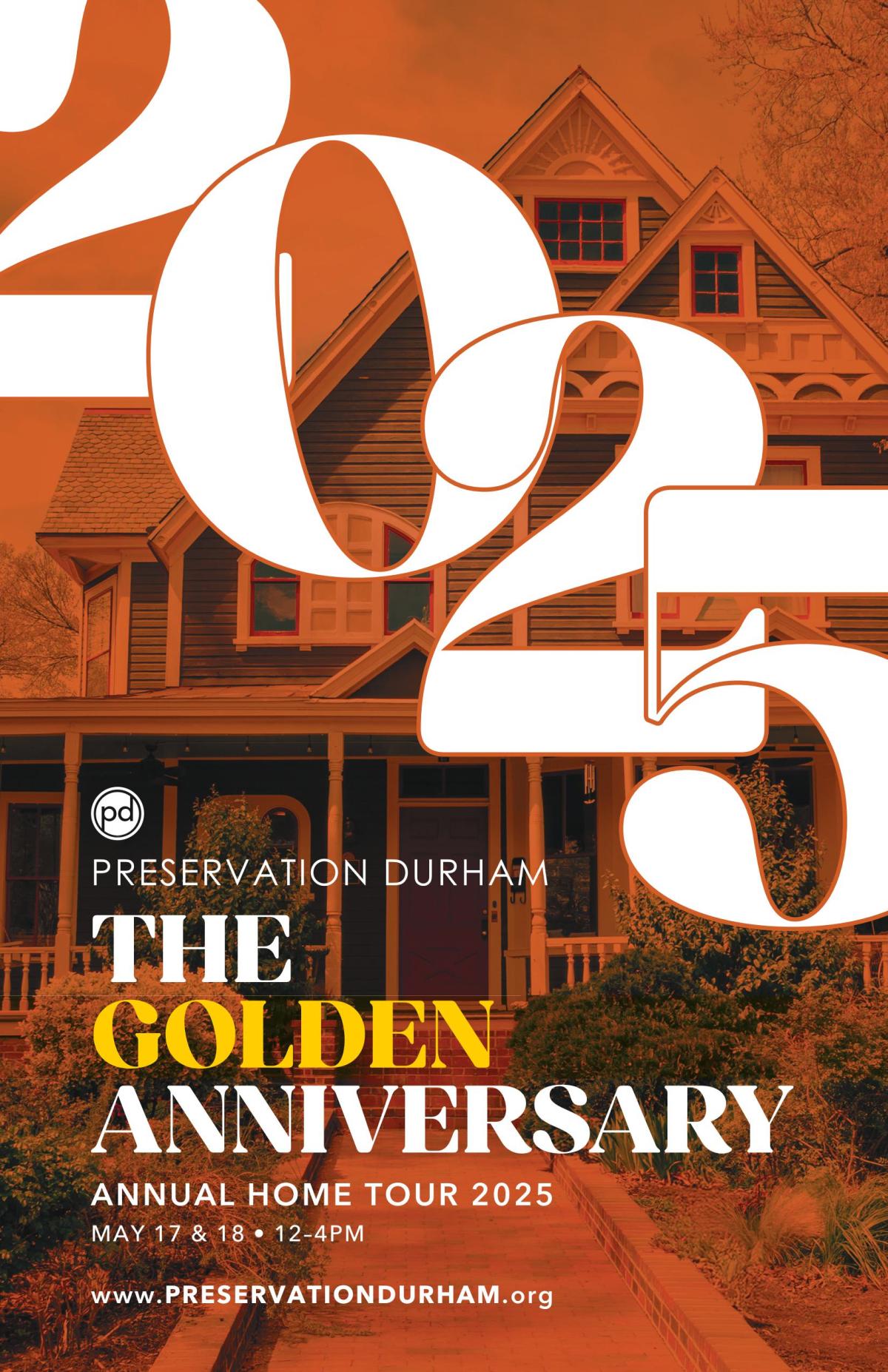
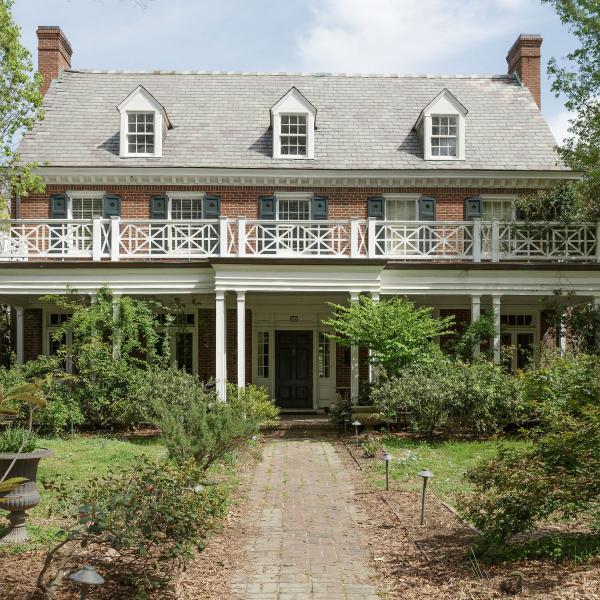
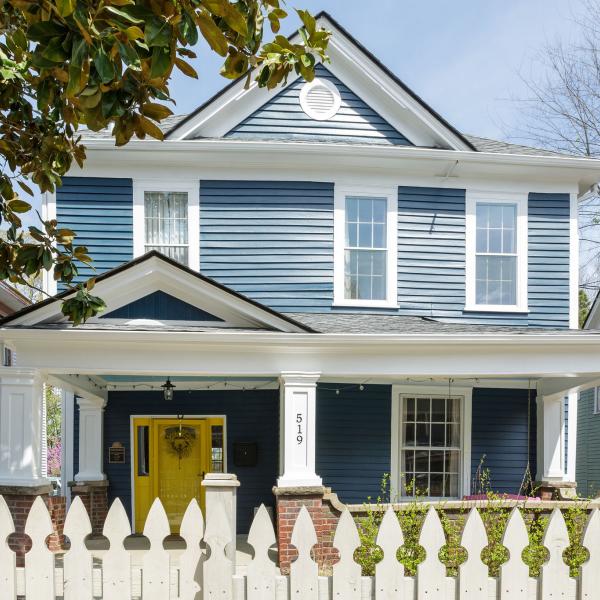
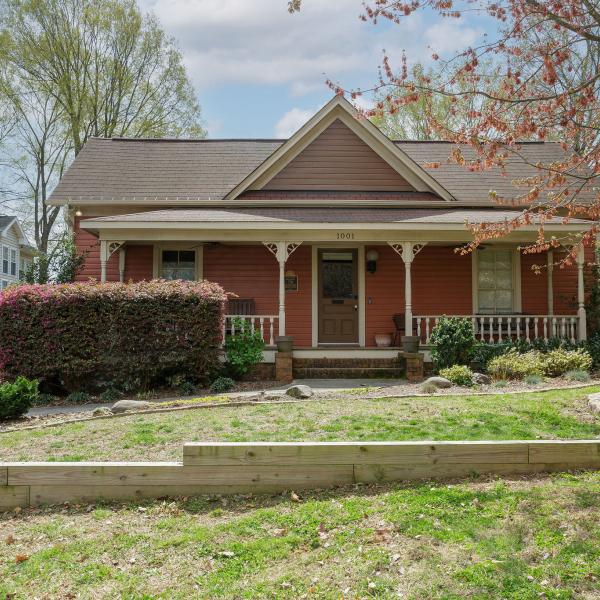
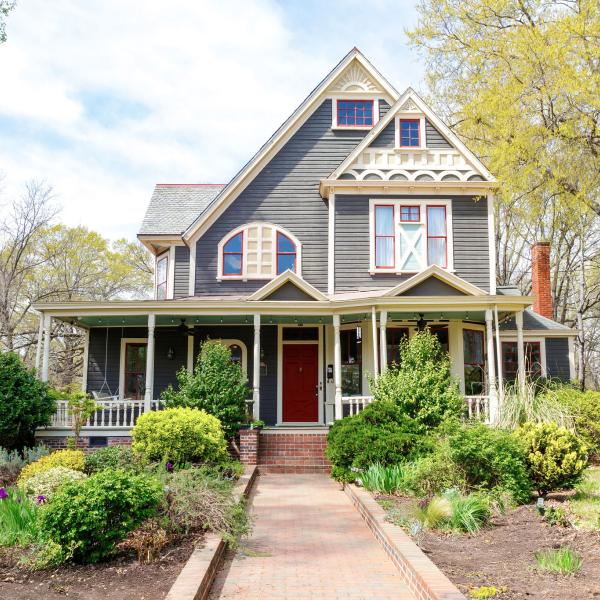


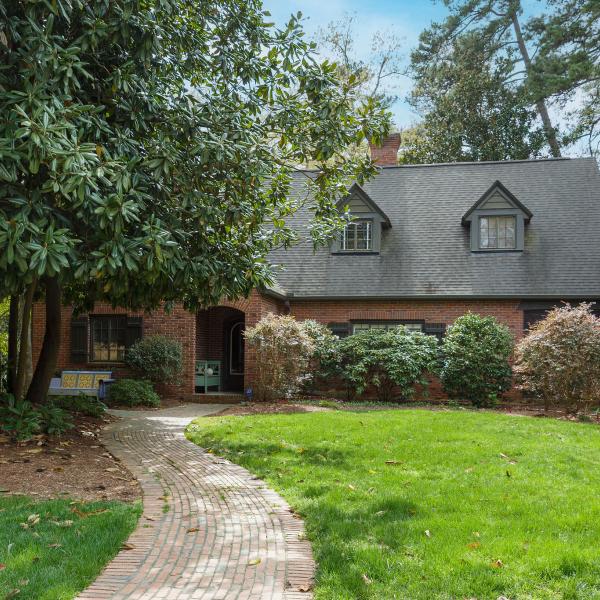
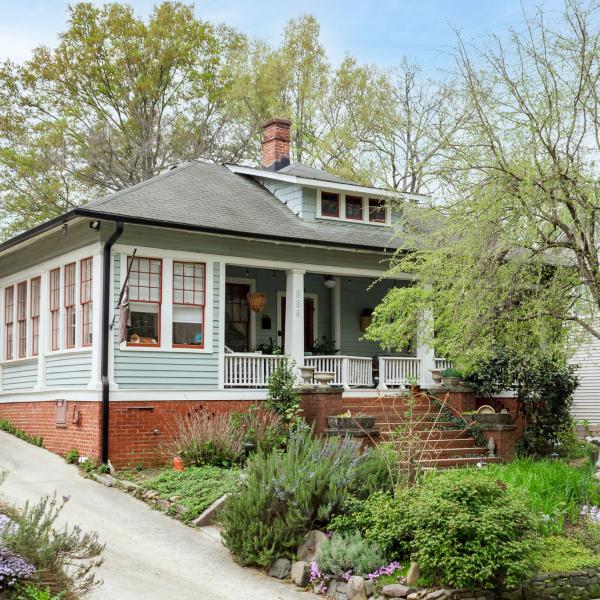
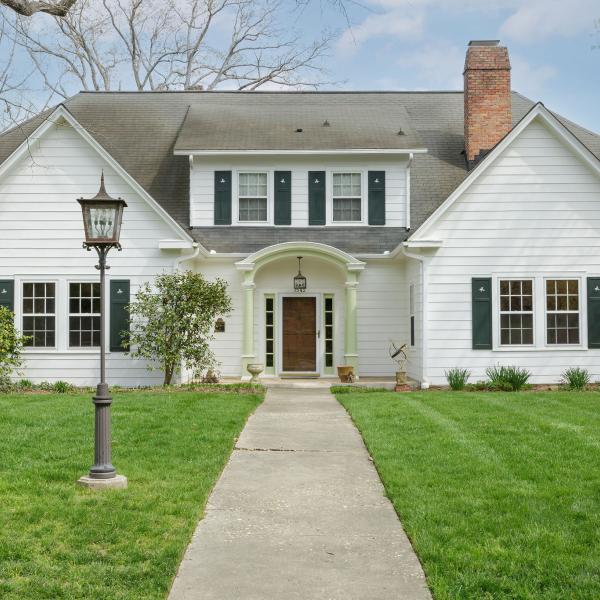
Add new comment
Log in or register to post comments.